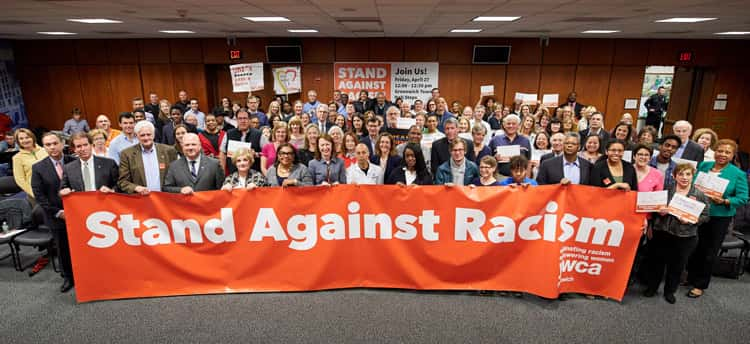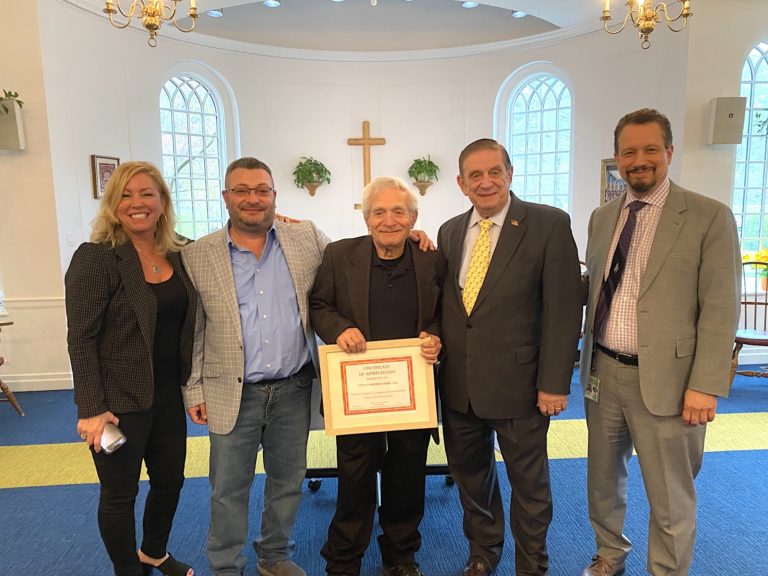Is My Child Ready for Kindergarten?… Counting and Cardinality
By Amy DeNicola-Hickman
An academic indicator that parents often inquire about for kindergarten is counting and identifying numbers. Expectations for children around age five are to rote count to 20. To count objects with one to one correspondence to 10. To count out a set of objects to 5 and to recognize numbers to 10. Please remember when I use the word “around” it is because children all develop at a slightly different rate and time. All of these skills may not happen at the same time or right at five years.
When we learned these skills we may have been taught through rote learning. Rote learning is the lowest form of learning. It is memorization by repetition. Counting over and over again and flashcards are examples of this kind of rote learning. Rote learning is not a strong strategy for young children. In my past articles, I have discussed the importance of young children learning through play. Play builds deeper understandings of the concepts. It allows children to connect these understandings, practice skills and make learning meaningful. So how do we make counting and cardinality a meaningful hands on learning experience through play?
I always start with a time when parents are usually sitting with their children. Meal time is a great time for counting. Have your child help you count out the plates and utensils and set the table. Ask your child to give each person “two strawberries” or “three cookies”. Talk with your child at snack time. How many goldfish do you have on your plate? Let’s count. Ask your child how many crackers do you want?
While playing outside or in the gym you can count many ways with gross motor movement. You can be counting steps, counting jumping, counting as you bounce the ball. You can count heads playing duck duck goose. You can go on a nature walk and collect an item “brown leaves”. Count the number of leaves you collected when you return. You can count how many steps it takes to get to the front door from the mailbox. Connecting the gross motor movement and counting makes a connection for the one to one correspondence. Children need to feel and touch and explore.
You can also teach counting and numbers through fine motor movement. Which also connects the sensory component. Counting small objects like beans and moving them from one cup to another. Drawing numbers in sand or shaving cream on a tray. Finger painting and drawing numbers in the paint. Making numbers from playdough. Hide your magnetic numbers in a bin of rice. Have your child explore and pull out the numbers and name them together.
Children love to build and create. Take out your block set and count how many blocks you can build on your tower before it falls over. Count the number of red blocks in the bin. Ask your child to give you two green blocks while you build a castle. Pull out your art supplies and draw pictures with your child. Talk about their picture, “ Your car has four tires. Let’s count them.”
Reading number books is a wonderful way to introduce numbers to your child. Our public libraries have entire sections of numbers books with beautiful photographs and illustrations on all types of children’s interests. There are number books that are strictly counting books and others are counting rhymes. So many of the songs and fingerplays that you sing with your child have to do with numbers. Sing them while waiting for a favorite activity to start or at a restaurant while waiting for your food.
The key to remember is to make learning numbers fun. Incorporate them into your child’s play and daily activities. Let your child take the lead in the play. If blocks are not their favorite activity choose another way to engage them in the play. Encourage them to participate in the experience and don’t emphasize whether they are always counting correctly. Model for them, and play with the materials with them. Every child’s learning and development is at a slightly different pace. Honor that when you play with your child. Provide real life hands on meaningful learning experiences and it will come.




